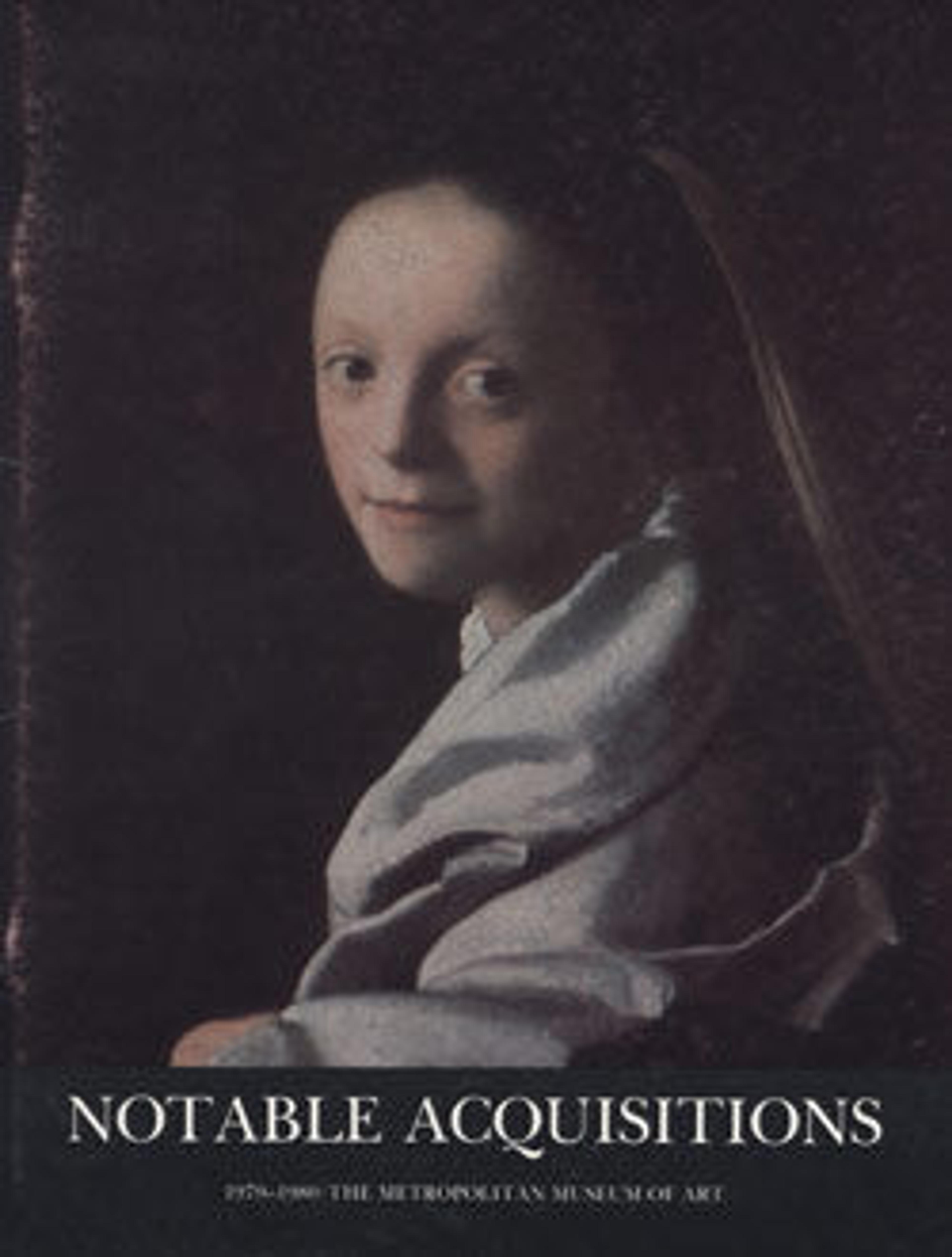Female Figure
In the third millennium B.C., inhabitants of Ecuador's southwest coast developed the earliest known ceramic figurine tradition in the Americas. Noted for their stylized representation, these clay statuettes are rooted in earlier stone figurine traditions from the same region. While some of the ceramic figures are relatively plain, consisting of simple grooved plaques reminiscent of their stone predecessors, others, like the one pictured here, display substantially more detail. The figurine, certainly a female, has a red slipped body with rounded breasts and strippling along her lower abdomen. Her hands are clasped beneath her chest and her legs are splayed. As is typical of many Valdivian statuettes at this time, the figure's face is almost completely obscured by an elaborate coiffure that cascades down her back. Found in domestic as well as ceremonial contexts, some scholars have suggested that Valdivian figurines represent fertility figures, although this interpretation remains tenuous.
Artwork Details
- Title: Female Figure
- Date: late 3rd millennium BCE
- Geography: Ecuador
- Culture: Valdivia
- Medium: Ceramic
- Dimensions: H. 3 5/8 × W. 1 × D. 1 in. (9.2 × 2.5 × 2.5 cm)
- Classification: Ceramics-Sculpture
- Credit Line: Gift of Timothy, Peter, and Jonathan Zorach, 1980
- Object Number: 1980.83.15
- Curatorial Department: The Michael C. Rockefeller Wing
More Artwork
Research Resources
The Met provides unparalleled resources for research and welcomes an international community of students and scholars. The Met's Open Access API is where creators and researchers can connect to the The Met collection. Open Access data and public domain images are available for unrestricted commercial and noncommercial use without permission or fee.
To request images under copyright and other restrictions, please use this Image Request form.
Feedback
We continue to research and examine historical and cultural context for objects in The Met collection. If you have comments or questions about this object record, please contact us using the form below. The Museum looks forward to receiving your comments.
